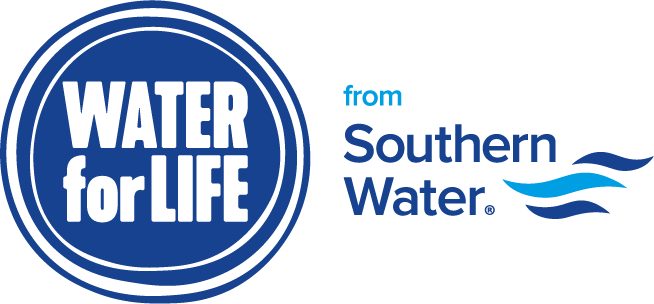The Soil SmARt project is a key initiative within the larger collaborative Ofwat funded project known as Catchment Systems Thinking Cooperative (CaSTCo). This nationwide project aims to establish national guidelines for citizen science monitoring. The Soil SmARt project focuses on both the Western Rother and Arun River catchments, with an emphasis on soil health, recognising the crucial connection between soil quality and the preservation of river quality.
The Arun and Rother Rivers Trust (ARRT) and Southern Water are working in close partnership under CaSTCo to deliver a soil health monitoring project, designed to test citizen science methods and link citizen science with professional fieldwork monitoring. This allows us to compare data collected in the field with data collected by an agronomist and analysed in a lab. We would like to work with farmers in the area to co-design a citizen science monitoring programme which empowers you to test your soils through simple but effective in-field methods.
S Woodley Crop Services set out to provide an industry level baseline to help understand the condition of the soils within the River Arun & River Rother catchments. The focus has been soil health, so there was an enhanced emphasis on biological indicators supported by laboratory-based analysis.
This data set will form part of wider project looking at comparing citizen science, industry standard and higher level (university) based field work.








